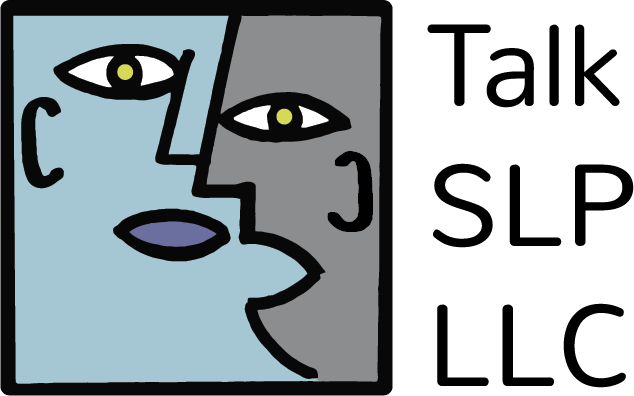Stuttering
Is your speech or your child’s speech:
- Fragmented or halting?
- Often interrupted by pauses?
- Full of an obvious struggle to produce words?
- Plagued by repetitive or prolonged sounds?
According to Stuttering Foundation of America, more than 70 million people –1% of the global population, including about 3 million Americans – are affected by stuttering. It happens four times as often in males than females, and approximately 5% of all children will experience some stuttering, with most resolving by late childhood. The best way to help a child who stutters is to seek out early intervention.
Laura Smith, speech-language pathologist and certified orofacial myologist, is a member of the Stuttering Foundation of America. She was one of 19 other speech professionals chosen to attend a Foundation workshop called “Diagnosis and Treatment of Children who Stutter: Practical Strategies,” co-sponsored by the University of Washington. At the conference, Laura received specialized training in innovative approaches and effective strategies in therapy. Since taking part in that conference, Laura has been very passionate about helping people overcome their stuttering and achieve success in speaking fluently.
Why does it happen?
There are four main contributing factors that can lead to stuttering:
- Genetics (it runs in families)
- Child development issues (other speech problems or developmental delays make it more likely)
- Neurophysiology (trouble processing speech and language)
- Family dynamics (high expectations can contribute to the problem)
Another type, neurogenic stuttering, is caused by injury or disease affecting the central nervous system, such as stroke, head trauma, tumors, Parkinson’s, multiple sclerosis, Guillain-Barré syndrome, meningitis, and AIDS. Certain medication side effects can also lead to stuttering.
When to get help
When first learning to talk, many small children have periods where their speech is not yet fluent or organized. If a child experiences stuttering for longer than six months, however, or if the stuttering is severe, therapy with a speech-language pathologist is necessary. In general, it’s best to seek treatment as early as possible.
In adults, sudden onset of stuttering can indicate a medical problem and should always be evaluated by a physician.
The TALK Difference
“I take a variety of approaches that look at the whole person, not just the speech aspect. I consider the many social-emotional factors that are involved, and work on the goal of speaking freely through techniques of role play, drama, and other tools.”
Dynamic Stuttering Therapy
Traditional stuttering treatment regards the stuttering as the problem. Dynamic Stuttering Therapy (DST), developed in 1997 by Barbara Dahm, sees stuttering as the result of a problem. That problem lies within the system that helps each of us create speech. Research has discovered some functional differences in the brains of people who stutter. DST develops and improves the subconscious brain connections that are found in fluent speakers, allowing you or your child to focus on communicating feelings and thoughts naturally instead of exerting mental effort.
Changing thoughts and acting in new ways can shape brain connections for the better. DST improves communication by teaching new skills and behaviors through specific activities, such as:
- Strategies and techniques that increase the natural fluency of your speech and decrease prolongations (unnatural stretching out of a sound), blockages, and repetitions of sounds, syllables, and words.
- Ways to break the chain reaction in which difficulty speaking leads to more and more efforts to control speech – only to result in increased stuttering.
- Relaxation methods to help reduce anxiety, tension, and associated behaviors, such as facial grimaces or tics (muscle spasm or twitch), that often accompany speech problems.
- Confidence-building practices such as role-playing or dramatic exercises.
Our goal for stuttering treatment is to help you or your child achieve natural and comfortable speech.
Help is available!
Laura Smith, licensed speech-language pathologist and certified orofacial myologist, is specially trained to assist children and adults in overcoming their communication challenges. Her holistic approach takes into account the person as well as the problem.
Telepractice appointments are available, where clients can receive consultation and therapy services using online tools. In-person appointments upon request.
Contact us for more information or to make an appointment.
